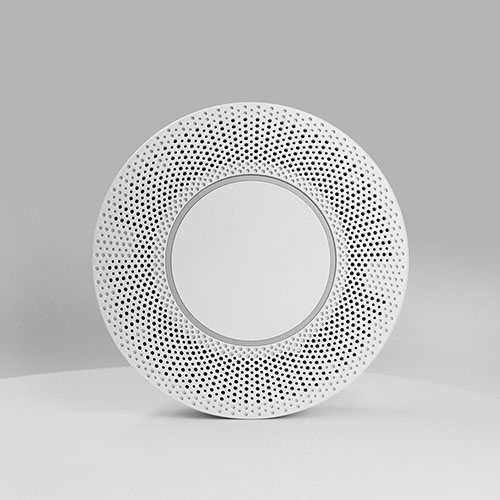Outdoor air quality monitoring devices system
With the acceleration of urbanization, a large number of buildings and roads in cities are increasing, which makes people spend more and more time outdoors. However, the problems of environmental pollution and climate change have also arisen. In order to protect people’s health and improve the quality of life, it is necessary to design and develop an efficient Outdoor air quality monitoring devices.
Outdoor air quality monitoring devices system product introduction
Outdoor air quality monitoring devices are designed to collect and analyze various environmental data related to people’s outdoor activities. It includes sensors, data acquisition devices, data storage and management systems, and user interfaces.
Sensors are used to detect and monitor various environmental indicators, such as air quality, temperature, humidity, light intensity and so on. These sensors should have high accuracy and stability to ensure that the collected data are accurate and reliable.
The data acquisition device is responsible for collecting and processing the data collected by the sensors. It should be able to collect sensor data in real time and transmit it to the data storage and management system. At the same time, the data acquisition device should also have data pre-processing and anomaly detection functions to ensure data quality.
The data storage and management system is responsible for storing and managing the collected data. It should have a high-performance database system that can handle a large amount of data and can support real-time querying and analysis of the data. In addition, the data storage and management system should also have user rights management and data backup functions to ensure data security and reliability.
The user interface is the user interface of Outdoor air quality monitoring devices, which provides the functions of data query, analysis and visualization. The user interface should have a friendly interface design and easy-to-operate functions to facilitate the user to use and understand the data.
Outdoor air quality monitoring devices system design
When designing the Outdoor air quality monitoring devices system, the following aspects need to be considered:
1.Sensor selection: according to the needs of the system and the actual application scenarios, select the appropriate sensors.Ambient Air Quality Sensors, Temperature and Humidity Sensor, Light Sensors, etc. are common choices. In addition, the installation location and number of sensors should be considered to ensure the comprehensiveness and accuracy of the data.
2.Data Acquisition Device: Choose a suitable data acquisition device that is capable of real-time acquisition of sensor data and has pre-processing and anomaly detection functions. The data acquisition device should have a stable network connection and high-performance hardware configuration to ensure the timeliness and accuracy of the data.
3.Data storage and management system: choose a suitable database system that can handle a large amount of data and support real-time query and analysis. The data storage and management system should have high reliability and security to ensure data integrity and reliability.
4.User interface: Design a friendly user interface to facilitate users to query, analyze and visualize data. The user interface should have the functions of real-time update and data filtering to meet the needs of users. At the same time, user rights management and data backup functions should also be considered to ensure data security and reliability.
System Development
When developing the Outdoor air quality monitoring devices system, a layered architecture and modularized design can be used to improve the scalability and maintainability of the system.
The main steps of system development include requirement analysis, system design, coding and testing. In the requirement analysis phase, the functional requirements and performance indicators of the system need to be clarified. In the system design phase, it is necessary to carry out general design and detailed design according to the results of requirements analysis. In the coding and testing phase, coding and testing need to be carried out in accordance with the design documents to ensure that the functionality and performance of the system meet the requirements.
During the development process, appropriate development tools and techniques should be used to improve development efficiency and quality. At the same time, adequate testing and verification should be conducted to ensure the stability and reliability of the system.
Outdoor air quality monitoring devices system application and outlook
Outdoor air quality monitoring devices system can be widely used in urban parks, residential neighborhoods, schools and industrial parks to provide environmental protection and health protection for people’s outdoor activities.
In the future, with the development of sensor technology and the improvement of intelligentization level, Outdoor air quality monitoring devices will be further improved and developed. For example, more sensors and functions, such as noise sensors, UV sensors, wind speed sensors, etc., can be integrated to obtain more comprehensive environmental data. Also, they can be interconnected with mobile devices such as smartphones to realize remote monitoring and data sharing.








